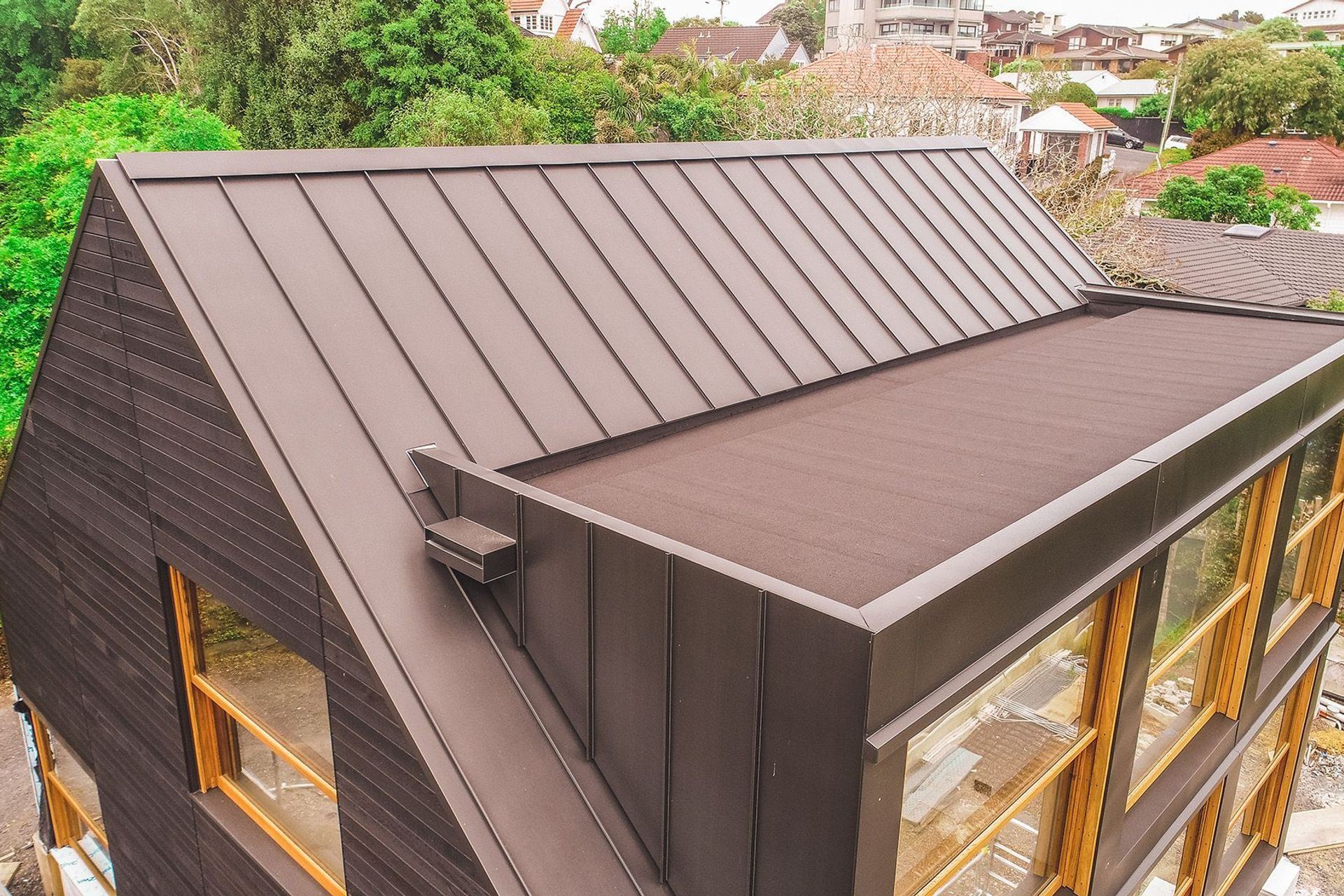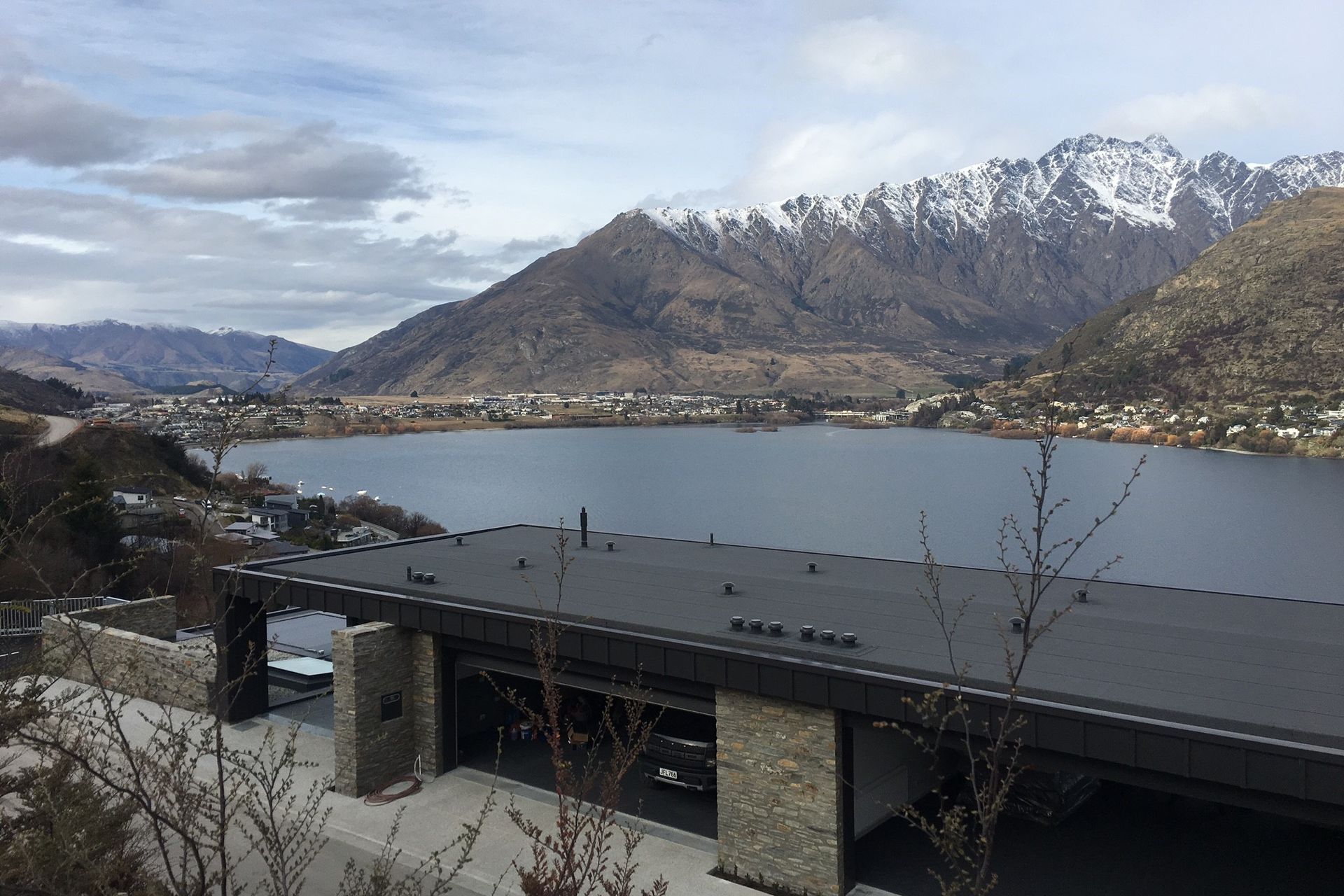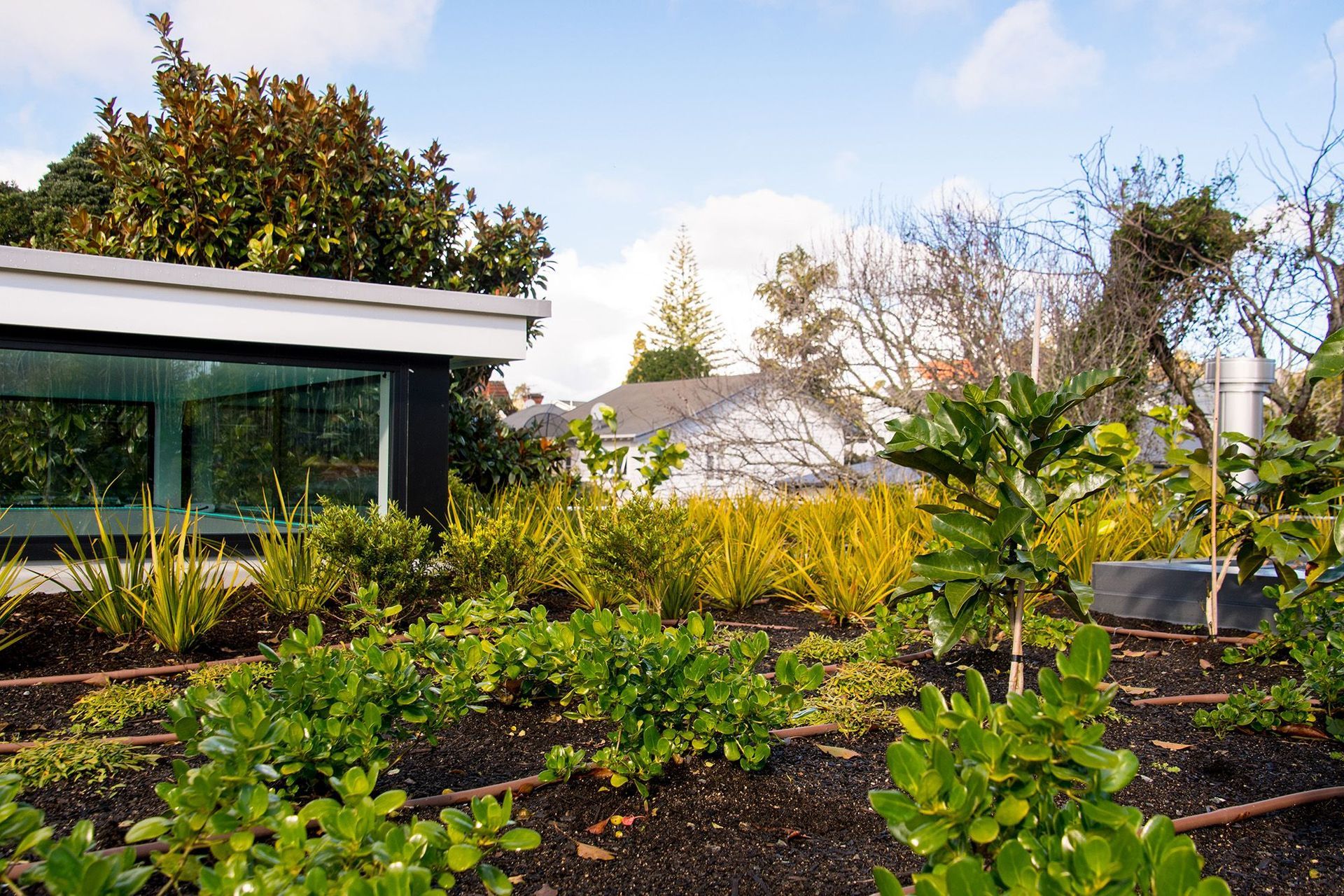Innovations in two-layer membrane roofing
Written by
19 February 2019
•
4 min read

Flat- and low-pitched roofs, green roofs and terraces are much better roofing options today, due to innovations in membrane roofing systems. The latest systems are more UV stable, they don’t leach any nasties so the water running off the roofs is drinkable and they can even incorporate built-in chemical properties to coerce the roots of plants from penetrating the waterproofing layer.
ArchiPro spoke with Viking Roofspec’s torch-on category manager, Gerry Mekkelholt – who has more than 25 years experience in waterproofing, both above and below ground – about innovations in membrane technology.
Torch-on membranes have become a part of the New Zealand landscape for roofing materials. They utilise modified bitumen made from asphalt, which is mixed with a variety of plastic or rubber modifiers and solvents.
“APP (plasticised) bitumen was first produced about 45 years ago and continues to be an effective formula for waterproofing,” explains Gerry. “Technology has evolved even further since then and around 20 years ago, the Italians developed a premium form of bitumen called ‘APAO’. Having produced this purer form; the Italians have excelled in their manufacturing processes as well, so their product quality is internationally renowned.”
Bitumen is a natural substance and, since the 5th century BC, it has been used by many civilisations for waterproofing and as an adhesive (the ancient Egyptians even used it to embalm mummies). Modern versions are extracted from petroleum.
“Viking’s Phoenix Super APAO Torch-On membrane has significant advantages over mainstream membranes, including superior UV stability,” explains Gerry. “It can handle really cold temperatures, down to –35°C, as well as hot temperatures and it melts at about 140°C, which means it can be used in any climate. It also lasts longer than other systems and, while most membranes have 15 to 20 year warranties, the Phoenix Super APAO comes with a 25-year product warranty.”
Certain areas of New Zealand can be subjected to some of the toughest climatic conditions in the civilised world. This calls for construction materials to stand the test of time. Viking’s Phoenix Super APAO is both CodeMark certified and BRANZ appraised, the two highest forms of product assurance in Australasia. And, to ensure a professional and watertight finish, only experienced applicators who have been trained at Viking’s licensing school are eligible to install its torch-on systems.
The Phoenix Super APAO Torch-On has also been tested and certified for water potability, which basically means you can collect water off it, with the peace of mind that it’s been lab tested and certified as fit for drinking.
“The water is a lot cleaner than from other products, which can leach oil into the water and then discharge into the ocean through the stormwater system,” Gerry says. This system comprises two layers – a 4mm-thick base sheet with a 4mm ceramic chip cap-sheet on top. Both layers are applied by heating the underside of the membrane with a propane-fueled torch, literally melting the product onto the roof to form a watertight seal.
Another advantage of Viking’s Green Roof system is the chemical properties infused in the bitumen during manufacture. “The roots of some plants are very invasive and are constantly looking for water,” explains Gerry. With Viking’s rot-proof bitumen with polyester reinforcing mesh and anti-root treatment, the roots won’t grow near the membrane, preventing leaks later down the track.”
Viking’s proprietary green roof system has been installed on many buildings throughout New Zealand and the number of specifications is increasing, but New Zealand still has a long way to go compared with those countries where it’s mandatory to have green roofs on buildings.
“Now, a lot of the European cities are doing the same thing and we’re also trying to do more here in New Zealand,” says Gerry. “For a lot of people living in big buildings, it’s nice to feel like you’re not living in a concrete jungle and that there’s a good use of a roof space with a green roof or deck area. It’s a real bonus and it also attracts birds and wildlife back into the city, which has to be good for the soul.”
If you want to know more about Viking’s torch-on membrane systems, visit Viking Roofspec on ArchiPro.


